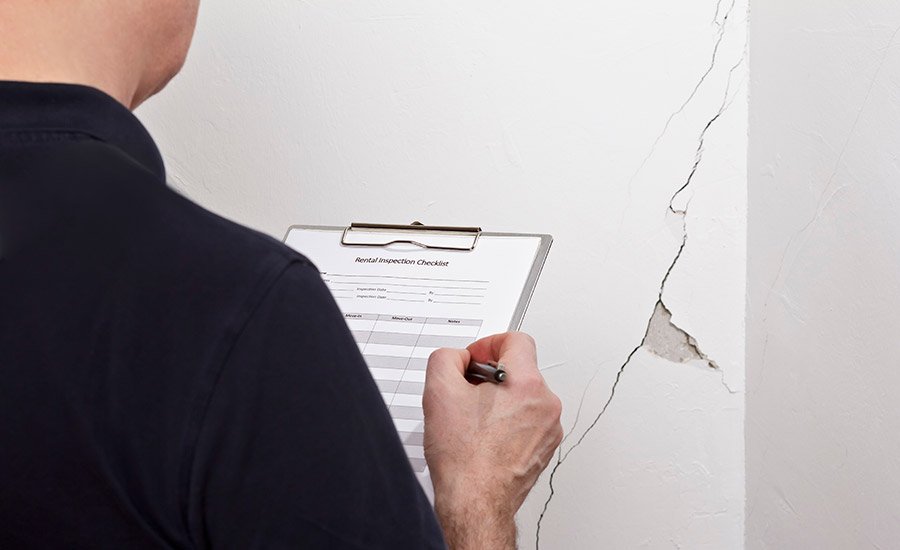When it comes to protecting your home, understanding how to create a termite inspection checklist for your home is crucial. Termites can cause significant damage if not detected early. By having a thorough checklist, you can effectively monitor your property for any signs of these pests. In this article, we’ll guide you through the steps of creating a detailed termite inspection checklist that can help you safeguard your home.
Understanding the Importance of a Termite Inspection Checklist
Creating a termite inspection checklist is vital for homeowners. Termites can silently destroy wooden structures, leading to expensive repairs. By being proactive and regularly inspecting your home, you can catch infestations early and take necessary actions. A checklist helps ensure you don’t miss any critical areas during your inspection, making it a valuable tool for prevention.

1. Gather Necessary Tools
Before you begin creating your termite inspection checklist, gather the necessary tools. You will need a flashlight, a screwdriver, a tape measure, and a notepad or digital device for recording findings. Having these tools on hand makes it easier to inspect hard-to-reach areas. This preparation will help you work more efficiently and effectively during the inspection.
2. Inspect the Exterior of Your Home
The first step in how to create a termite inspection checklist for your home is to check the exterior. Look for signs of termites, such as mud tubes, which are used for traveling. Check the foundation for any wood that touches the soil, as this can attract termites. Pay special attention to areas around doors, windows, and vents where wood is exposed. Document any findings in your checklist, noting the location and type of signs observed.
3. Check the Roof and Gutters
Next, inspect your roof and gutters. Look for any damaged or missing shingles that may expose wooden structures. Termites can enter through these openings. Additionally, clogged gutters can lead to water accumulation, creating a favorable environment for termites. Record your observations on your checklist, noting any repairs needed to prevent termite access.
4. Examine the Basement and Crawl Spaces
Basements and crawl spaces are common entry points for termites. Inspect these areas for dampness, which attracts termites. Look for signs of wood damage, such as hollowed wood or frass (termite droppings). Ensure that there is proper ventilation to reduce moisture buildup. Your checklist should include details about the condition of the basement or crawl space and any issues found.
5. Investigate Wooden Structures
Another critical part of your termite inspection checklist involves examining all wooden structures, including decks, fences, and porches. Check for signs of wood damage, such as soft spots or sagging. Use a screwdriver to test the integrity of the wood. If you find any weakened areas, make a note of them on your checklist for further action.
6. Monitor Indoor Areas
Don’t forget to inspect the interior of your home. Check for signs of termites in areas like the kitchen, bathroom, and around windows. Look for damaged wood, mud tubes, or signs of frass. It’s essential to document any findings on your checklist, as early detection is key to preventing serious damage.
7. Identify Conditions Favoring Termites
Part of how to create a termite inspection checklist for your home is identifying conditions that may attract termites. Look for areas with excess moisture, such as leaky pipes or poor drainage. Also, check for wood debris, such as tree stumps or firewood stacked against the house. Document any issues that could create a conducive environment for termites.
8. Consider Professional Inspection
While creating your checklist is valuable, you might also consider scheduling a professional inspection. Pest control experts can identify signs of termite activity that you may miss. If your inspection reveals potential problems, it’s wise to consult a professional to ensure a thorough evaluation.
9. Schedule Regular Inspections
Termite inspections should not be a one-time event. Schedule regular inspections to maintain the integrity of your home. Creating a recurring inspection calendar can help ensure that you stay on top of potential issues. This proactive approach will help protect your investment and keep your home safe.
10. Keep Your Checklist Updated
Finally, as you learn more about your home and its unique needs, keep your termite inspection checklist updated. Add any new findings, repairs completed, or changes in the property. Regular updates will make your checklist more effective and ensure you are always prepared.
Conclusion
In conclusion, knowing how to create a termite inspection checklist for your home is essential for protecting your property. By following the steps outlined in this article, you can develop a comprehensive checklist that covers all critical areas. Regular inspections, combined with proper documentation, can help you catch termite problems early and maintain the value of your home.




